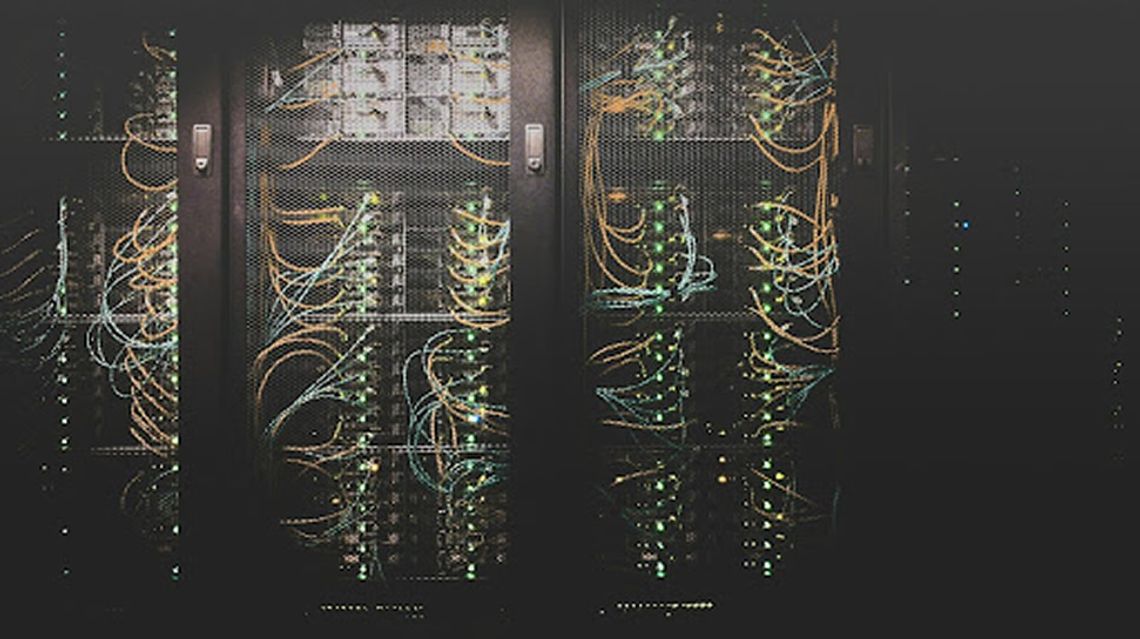In today's fast-paced digital world, a robust and reliable IT infrastructure isn't just a luxury – it's the backbone of any successful business. From safeguarding sensitive data to ensuring seamless operations, a well-managed IT environment is crucial for productivity, reputation, and profitability.
But how do you ensure your IT infrastructure is both secure and efficient? It can feel like a daunting task, especially with evolving threats and technologies. That's why we at Treasure Valley IT put together this ultimate checklist to guide you. Whether you're a small startup or a large enterprise, these insights will help you assess, fortify, and optimize your digital foundation.
Fortifying Your Security Foundation
Security isn't a one-time setup; it's an ongoing commitment. A breach can be devastating, leading to financial losses, reputational damage, and legal repercussions.
Network and Data Security
For your network, ensure your firewalls are correctly configured, and consider Intrusion Detection/Prevention Systems (IDPS) for active monitoring. All remote access should use secure VPNs, and network segmentation can limit breach spread. Wireless networks need strong encryption like WPA3.
When it comes to data, sensitive information should be encrypted both in transit and at rest. A comprehensive, regularly tested backup and recovery plan (DRP) with offsite storage is crucial. Implement strict access control based on the principle of least privilege, and consider Data Loss Prevention (DLP) measures. Always meet relevant compliance requirements (e.g., GDPR, HIPAA).
Endpoint and Identity Management
For endpoint security, install robust, up-to-date antivirus and anti-malware software on all devices. Maintain a systematic process for applying security patches and updates promptly. Ensure all devices storing sensitive data are encrypted, and if employees use mobile devices for work, implement a Mobile Device Management (MDM) solution.
Identity and Access Management (IAM) is vital. Implement Multi-Factor Authentication (MFA) for all critical systems and enforce strong password policies. Have clear processes for user account provisioning and deprovisioning, and conduct regular access reviews.
Security Awareness
Finally, security awareness training is essential. Regularly educate employees on topics like phishing and social engineering, and consider phishing simulations to test their susceptibility.
Optimizing for Efficiency
An efficient IT infrastructure isn't just about speed; it's about reliability, scalability, and cost-effectiveness.
Hardware and Software Performance
Evaluate your hardware and infrastructure to ensure servers are adequately provisioned and monitor their performance. Identify and address any network bottlenecks. Your infrastructure should be scalable to meet changing demands, leveraging cloud elasticity where appropriate. Implement redundancy and high availability for critical components to prevent single points of failure.
Regarding software and applications, confirm that your core business applications are performing optimally. Proactively manage all software licenses to ensure compliance and avoid wasted costs. Strive for seamless integration between applications to streamline workflows. Strategically decide on your cloud vs. on-premise strategy, and regularly audit and optimize your software stack.
Connectivity and IT Management
Your network and internet connectivity are paramount. Ensure your Internet Service Provider (ISP) provides consistent, reliable service with sufficient bandwidth. For critical operations, consider redundant internet connections. Configure Quality of Service (QoS) to prioritize critical traffic.
Effective IT management and monitoring are continuous tasks. Implement systems for proactive monitoring of all IT components and establish clear processes for incident management. Maintain an up-to-date IT asset inventory. Work with reliable IT vendors and ensure your IT infrastructure is well-documented.
Strategic Planning & Future-Proofing
An efficient infrastructure is one that can adapt and grow with your business.
Regularly conduct IT audits and assessments to identify vulnerabilities and inefficiencies. Develop comprehensive Disaster Recovery Planning (DRP) and Business Continuity Planning (BCP), and critically, test these plans regularly. Allocate an adequate budget for IT maintenance, upgrades, and security. Create a clear technology roadmap that outlines future IT investments, aligning with your business goals. Most importantly, ensure your current IT infrastructure is designed to accommodate anticipated business growth and expansion.
Conclusion
Building and maintaining a secure and efficient IT infrastructure is an ongoing journey, not a destination. By systematically considering these crucial areas, you can identify opportunities for improvement, effectively mitigate risks, and ensure your technology actively supports your business objectives.
Don't wait for a crisis to realize the importance of your IT. Proactive planning, consistent vigilance, and strategic investment will not only protect your valuable assets but also propel your organization forward in the dynamic digital age.


Comment
Comments